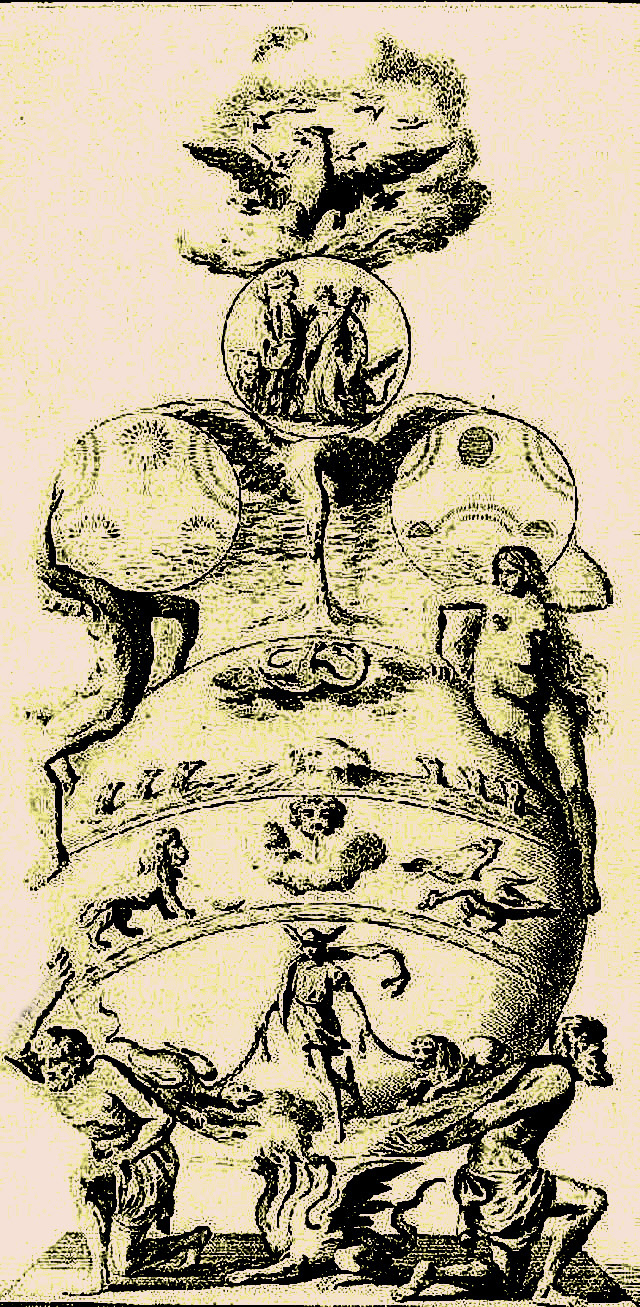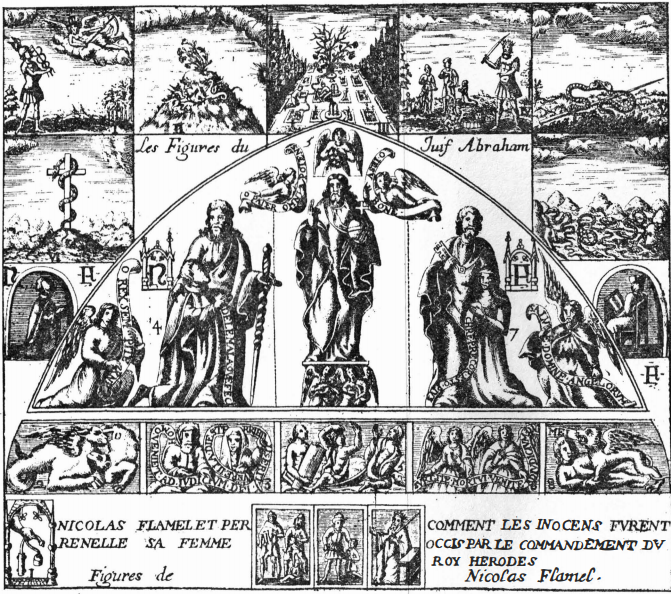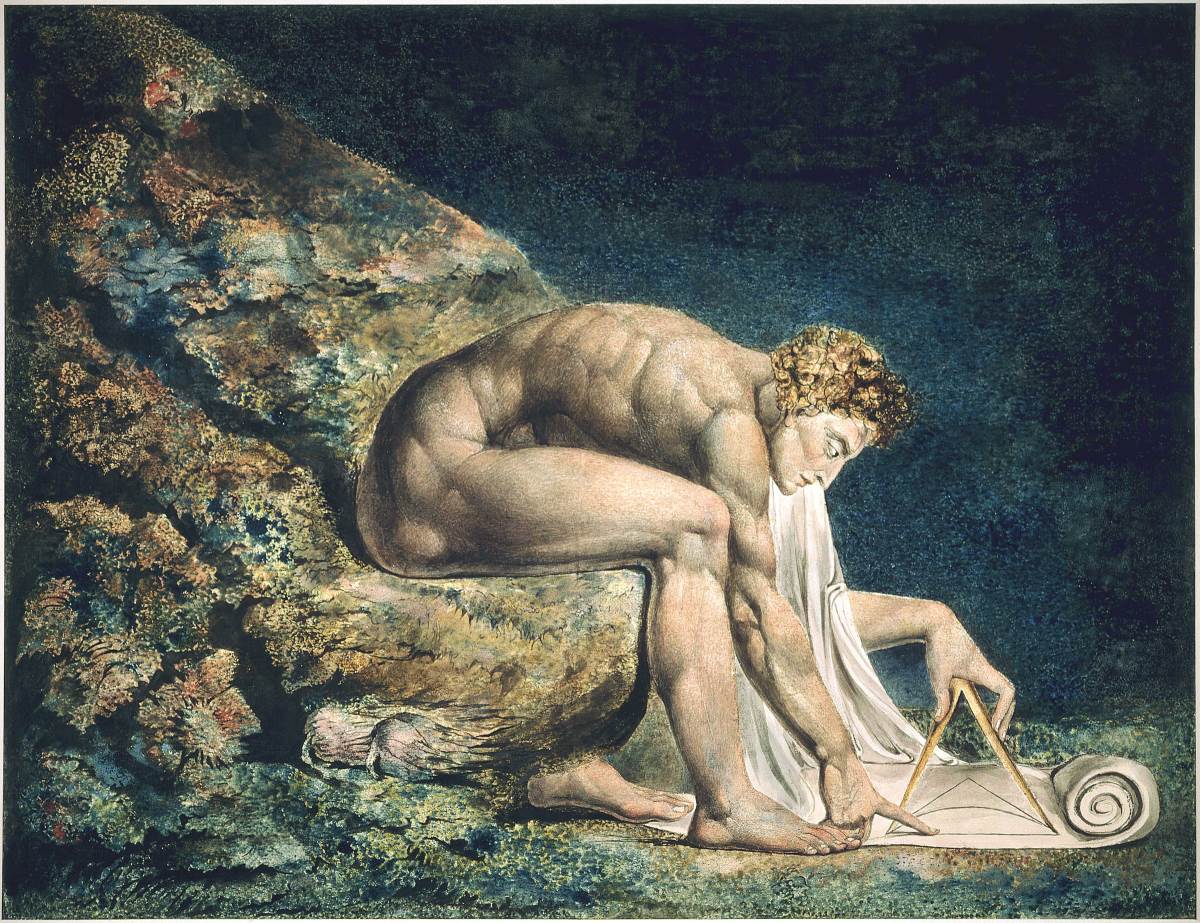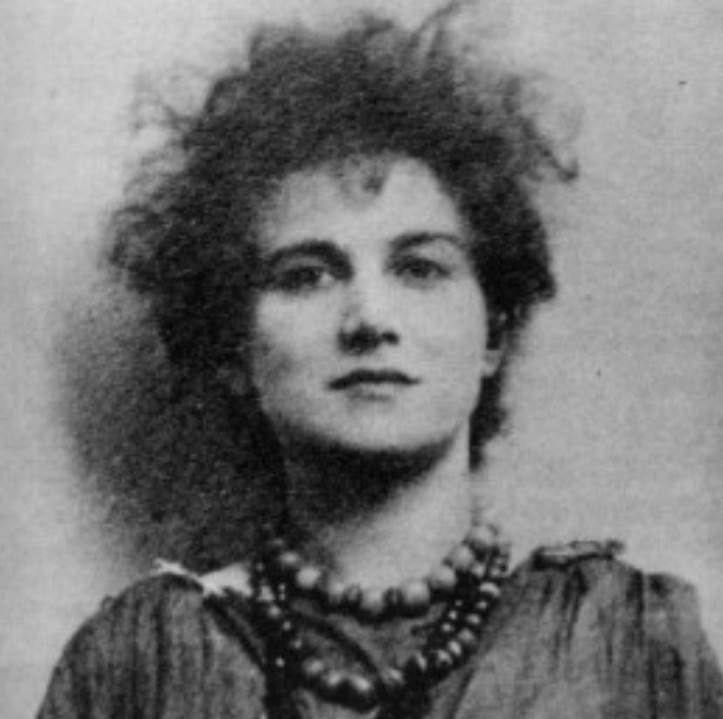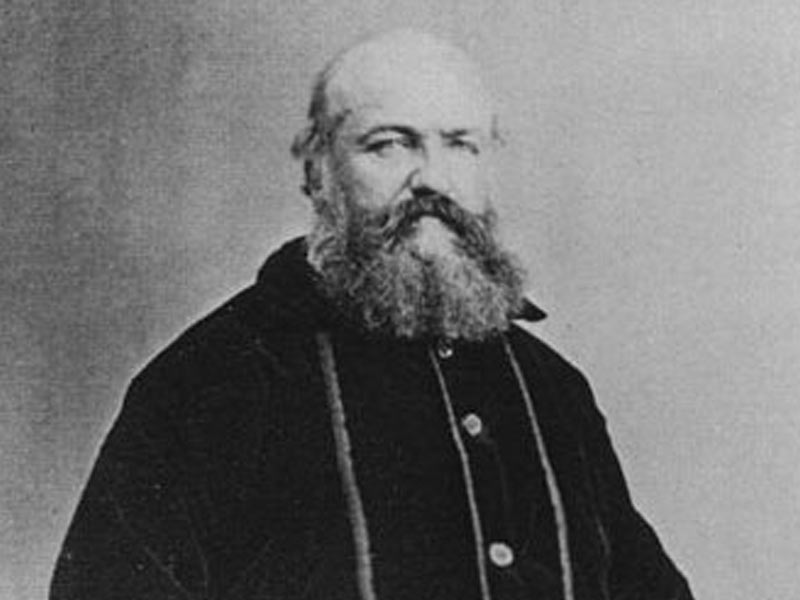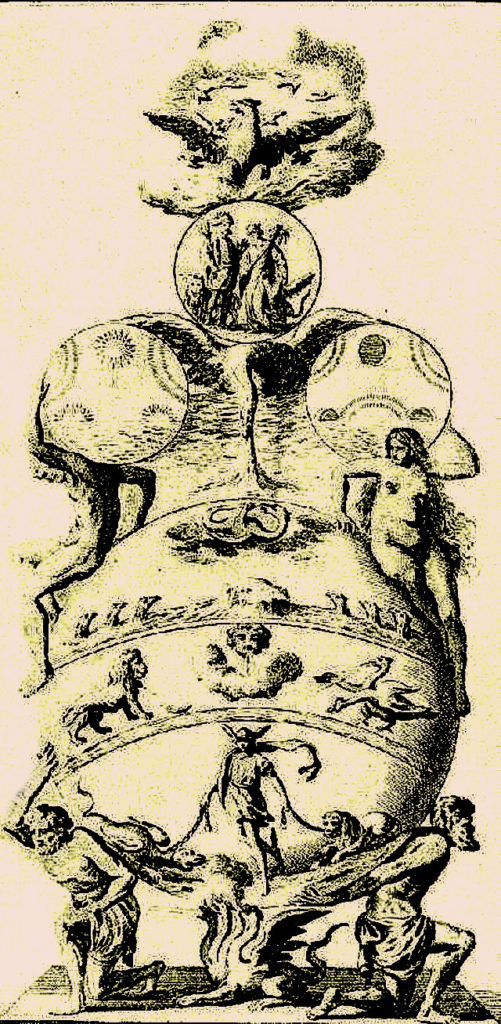
The Great Work – Illustration in Dom Pernety’s “Dictionnaire Mytho Hermétique”, a seldom remembered book with enormous impact on alchemy and hermetic philosophy
“Adepts do not run after gold and silver” wrote French polymath Dom Pernety more than 300 years ago, referring to a legend popular in alchemy set in the 7th century. King Calid, the Latin name for Umayyad prince Khalid ibn Yazid, “found many books which treated of Hermetic Science, and being able to comprehend nothing of them, offered a great reward to him who would explain them… The charms of this reward brought to him many souffleurs.”
“Then Morien, the Hermit, [also Morienus, the Greek, sometimes Marianos Romanos. A Christian mystic and according to Michael Maier one of the great alchemists; comment by Nettle] departed from his desert attracted not by the promised recompense, but by the desire of manifesting the power of God, and of showing how wonderful He is in all His works. He found Calid, and demanded as the others a suitable place to work, in order to prove, by his works, the truth of his words. Morien, having finished his operations, left the Perfect Stone in a vase around which he wrote: Those who have all that is necessary for them, have need neither of recompense nor of the aid of others. He then departed without saying a word, and returned to his solitude. Calid having found this vase, and having read the writing, understood well what it signified, and after having tested the Powder, he banished, or put to death, all those who had wished to deceive him.”
Dom Pernety reassures us that “this Stone is the center and source of virtues, since those who possess it scorn all the vanities of the world, vain glory, ambition; since they esteem gold no more than sand or dust”. Moreover, “Hermetic Philosophy is therefore, the school of piety and religion.”
It comes as no surprise that the story was re-told at a time when Alchemy in Europe was already under attack by sceptics – it seems that the golden days of old used to be better than the present and that the Europe of the 18th century was no exceptions for this rule, at least for alchemists. It also comes at no surprise that the feather who wrote these pious words was guided by the hands of a monk. A Benedictine monk, who was born today, 302 years ago at the dawn of the early 18th century on the 23rd of February, 1716 under the sign of Pisces, in Roanne, France, baptized Antoine-Joseph Pernety. During his lifetime he became known as Dom Pernety and would become one of the most influential occultists of the western hemisphere in the last centuries – if we judge by the impact his work had.
Likewise, the story reads as an allegory on Dom Antoine-Joseph Pernety himself, his life and his work: leaving the silence of his Monastery not earlier than at the age of 50 after decades of deep study and contemplation, Dom added value, wherever he went and initiated deep change and transformation wherever he decided to activate – both to last for the centuries to come. But he did it so gentle, so quiet that he always managed to leave the scene as quickly and unobserved as he had entered it in the first place – no matter how much he had stood in the spotlight in between.
Masonry owes him new rites – some of them, such as one of the highest degrees of the Scottish rite, have repercussions until today – and especially the deep carving of hermetic thought and alchemical symbolism into the stone of masonry. And while he prepared the ground for his teachings on masonry, he also seemed involved in the building of inner schools – or as it may be described: hermetic orders with Masonic rituals.
For alchemical students (two of) his works are an essential read until today.
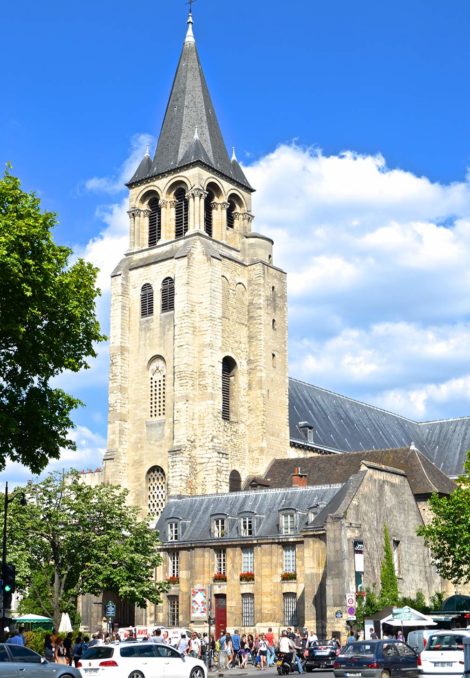
Abbey of Saint Germain des Prés in Paris, the main chapter of the Saint-Maur Congregation, in which’s library Pernety studied many of the old hermetic texts. Image: 2014 by David McSpadden
However, at the beginning of all work stood a long phase of learning and contemplation. At the age of about 17 he joined the Benedictines in the congregation of Saint-Maur. The Benedictines an order known for their „Ora et labora et lege“; Latin for “pray, work and read” and the congregation of Saint-Maur was renown in particular for their high level of scholarship. Thus, it was seemingly the right climate for polymath Pernety and his various interests, among them what we call today science and study of nature. The first book he published, was a translation of a German mathematical textbook at the age of 27. He published several other books, for example a manual for Benedictine monks in 1755, he wrote on art, the Americas, the human physiognomy and as a naturalist on the journey to the Falkland Islands. But his main concern was the great work, i.e. Alchemy.
At the age of 42, in 1758 he defined alchemy as “science and art of making a fermentative powder, which transmutes the imperfect metals into gold, and which is a useful universal remedy for all the natural illnesses of man, of animals and of plants” (Dictionnaire Mytho-Hermetique, reprint from 1980).
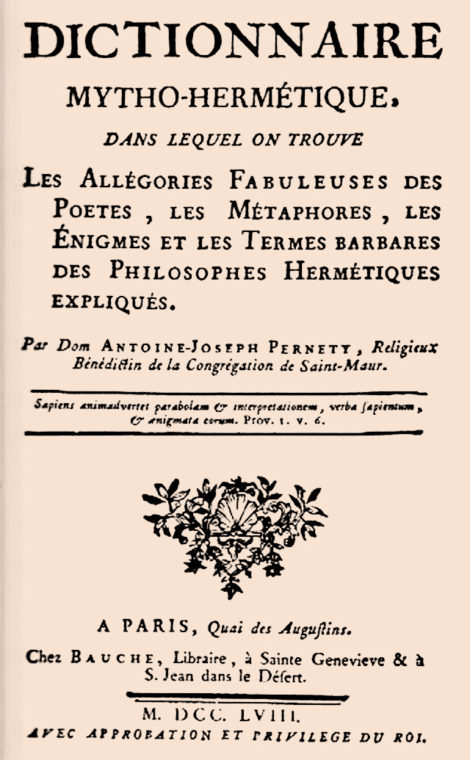
The Dictionnaire Mytho-Hermétique by Dom Pernety from 1758
A careful study and patient comparison built the outstanding foundation for Pernety’s teachings. Being widely-read in hermetic literature, Pernety does not only excel by collecting, systematizing and developing former materials further (especially D’Espagnet and Maier he held in the highest esteem) and contributing with a large body of his own commentary on the great work. But also by serving as an invaluable prime source for recommendations on what to read (or not). D’Espagnet, Hermes, Morienus, Lull and Michael Maier are recommended, however: “Most of the works of Raimundus Lullius, not here mentioned, are worse than useless” instructs Pernety.
However, overall the Dom is an integrative thinker, who prefers to stress similarities and makes this even a method: “All real Adepts speak with one voice … Egyptians, Arabs, Chinese, Greeks, Jews, Italians, Germans, Americans, French, English, etc. have agreed, without knowing each other… Does not this conformity of ideas and principles form, at least a presumption in favor of the truth and reality of what they teach?”
List of Works Called Upon by Perenety
- Hermes, Egyptian;
- Abraham, Isaac de Moiros, Jews, quoted by Avicenna;
- Democritus, Orpheus, Aristotle, (De Secretis Secretorum), Olympiodoros, HeIiodorus (De rebus chemicis ad Theodosium Imperatorem), Etienne, (De magna et sacra scientia, ad Heraclium Coesarem) and other Greeks;
- Synesius, Theophilus, Abugazal, etc., Africans;
- Avicenna, (De re recta. Tractatulus Chemicus. Tractatus ad Assem Philosophum. De anima artis) Rhasis, Geber, Artephius, Alphidius, Hamuel, surnamed the Elder, Rosinus, Arabs;
- Albertus Magnus, (De Alchymia, Concordantia Philosophorum; De Compositione Compositi, etc.), Bernard Trévisan, Basil Valentin, Germans;
- Alain (Liber Chemicoe), Isaac, father and son, Pontanus, Flemish or Dutch;
- Arnaud de Villeneuve, Nicolas Flamel, Denis Zachaire, Christophe Parisien, Gui de Montanor, d’Espagnet, French;
- Morien, Pierre Bon de Ferrare, the anonymous author of the “Marriage of the Sun and the Moon,” Italians;
- Raymond Lully, Spanish; Roger Bacon, (Speculum Alchemioe), Hortulain, Jean Dastin, Richard, George Ripley, Thomas Norton, Philalethes and the Cosmopolite, English or Scotch.
- Finally, many anonymous authors, (Turba Philosophorum, Seu Codex veritatis, Clangor Buccinoe, Scala Philosophorum, Aurora consurgens, Ludus puerorum, Thesaurus Philosophioe, etc.)
This list is far from being complete, even though it seems to be a list of essentials or favorites Pernety calls witness in his Treatise to prove the similarities in thought between apparently unrelated authors
Overall, to Pernety it seems, that all these authors and many more agree in principle. This, however, doesn’t make him shy of conflict where it seems necessary to him. We are nowadays used to a constellation in which science attacks alchemy and the relatively large amount of space Pernety devotes to gathering witnesses and to prove the validity of his subject suggests, that this was also a common case back then. But on the contrary, rather than defending alchemy he prefers to attack modern “chemistry”, which in his eyes, is unable and unworthy to perceive the secrets of nature, and which only with violence and force is able to achieve − questionable − results.
He regards timeless wisdom as it is to be found in Hermetics, unchanged over millennia, higher than the quest for progress of the “common Philosophers or Physicists … The latter have no certain system. They invent new ones daily, and the last seems to be conceived only to contradict and destroy those that have preceded it. Briefly, if one is erected and established, it is upon the ruins of its predecessor, and it will exist only until a new one overthrows it and takes its place”.
The undeniable results of this new, positive scientific approach are viewed with caution:
“working blindly, without knowing what the result would be, they have seen monsters arise; and… the same work repeated, (they) have given exactly the same result; but they have not observed that this result was monstrous… analogous only to the abnormal productions of Nature”.
The alchemical/hermetical worker, on the other hand, can serve here as a positive example: “without employing so many vases, without consuming so much charcoal, without ruining one’s purse and one’s health, one may, I repeat, work in concert with Nature, who, being aided, will lend herself to the desires of the Artist and will freely open to him her treasures”.
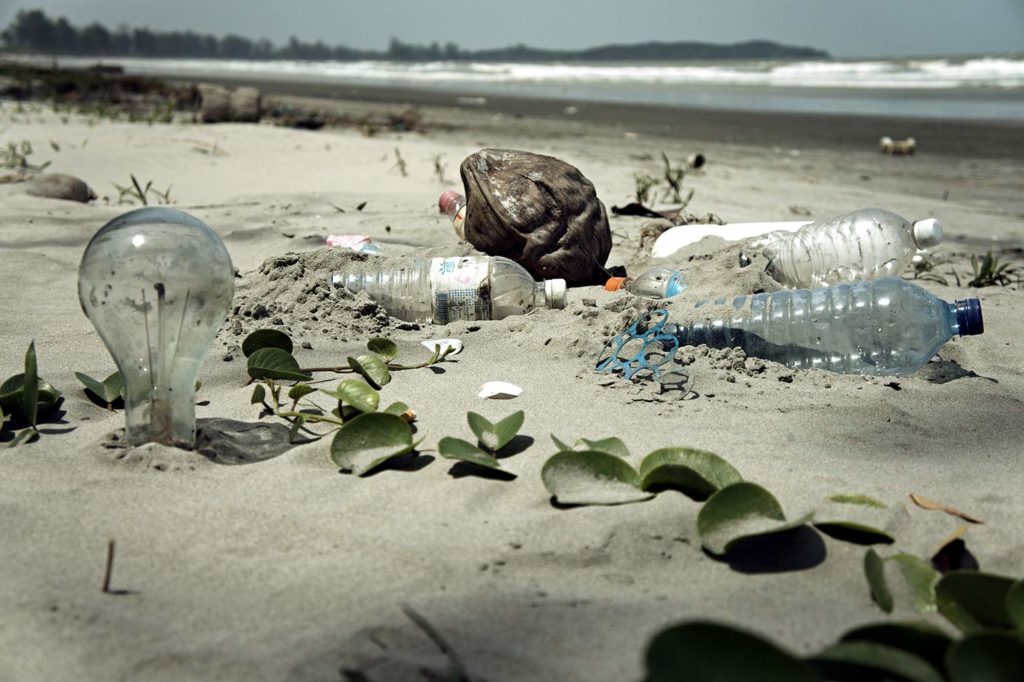
Pernety: ” [the] result was monstrous… analogous only to the abnormal productions of Nature”. Image: Pollution caused by inorganic compounds. License Creative commons. In this light, Pernety’s critic of chemistry does not seem to be founded in him being unaware of it’s benefits, but rather of being aware of it’s unintended consequences.
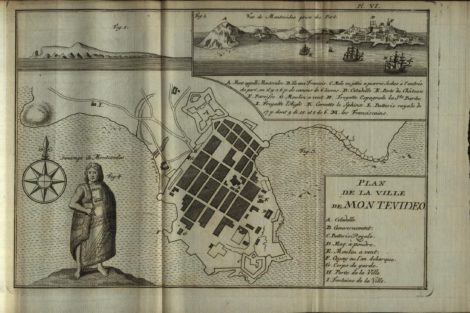
Monte Video – a map and account by Antoine-Joseph Pernety
Anyways, in 1763, Dom Pernety joined the expedition under Louis Antoine de Bougainville that established the Port Saint Louis settlement in the Falkland Islands, which lead him to write and publish his two-volume report of his exploration in the Falklands and Santa Catarina, accompanied by the first description of the Falklands stone runs phenomenon (French: Journal historique d’un voyage fait aux îles Malouines en 1763 et 1764 pour les reconnoître et y former un établissement et de deux voyages au détroit de Magellan avec une relation sur les Patagons).
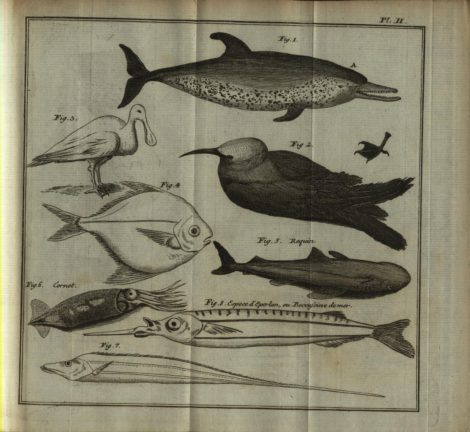
Drawings by Dom Pernety of the fauna encountered on the journey to the Falkland Islands and to Santa Catarina
Maybe it was this travel, which made him realize the boundaries of his monastery, maybe he had found in the meantime what he had searched for and was now ready to share it with others, maybe he just felt that he needed more companions and a different environment for the second part of his quest for the red lion. Certain is, that in 1965 he left the monastery for good, but kept “Dom Pernety” as reference and never gave up on his deep Christian belief, which, obviously, never prevented him to search for the truth in the ancient classics (such as the pagan Egypt, Greece and Rome) and other, not only European sources. He would find masonry as a fruitful soil for his thoughts to plant, and a large part of his followers he recruited exactly here: among the freemasons.
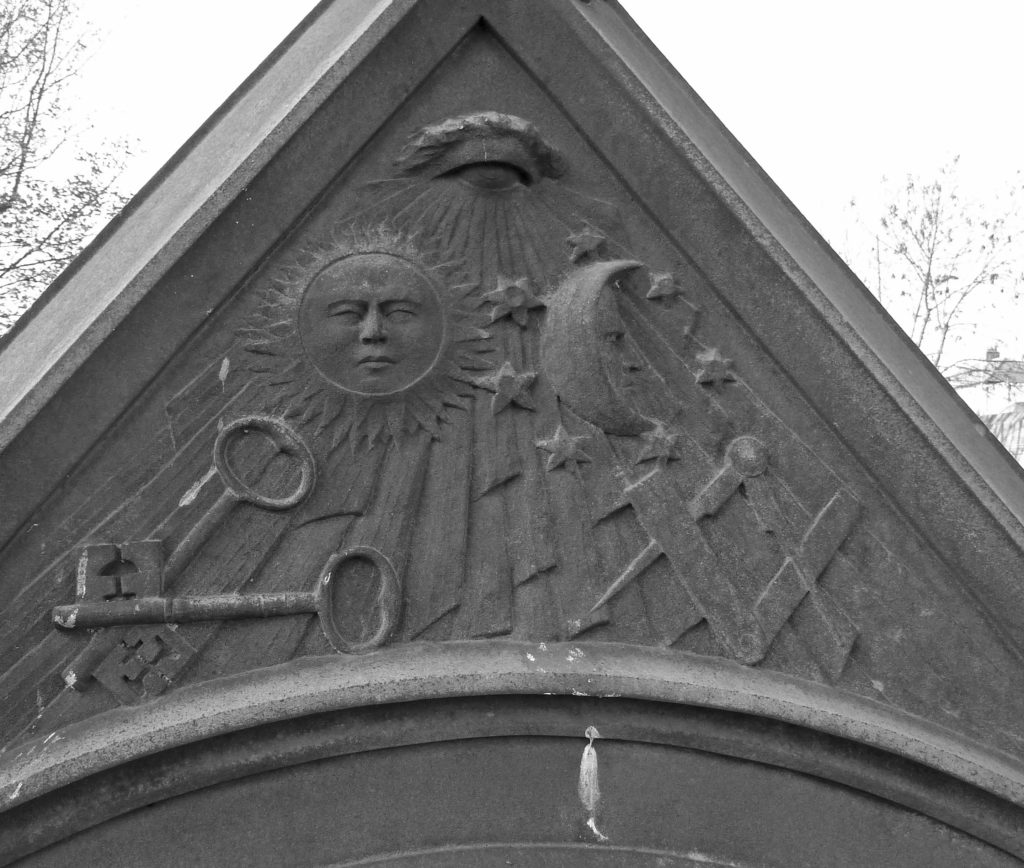
Typical Freemason symbolism: Sun and Moon and the Eye of Providence. Sometimes, a flaming star is used instead of the eye: all three are attributed to the three pillars. In Pernety’s version, the word Force appeared on the flaming star and represented “black matter” – the first alchemical process called “putrefaction. “Wisdom”, was the inscription in the moon and the symbol for the “white matter” or the process of “purification”. Finally, “Beauty”, would be inscribed in the sun, representing the final stage, the “red matter”.
He settled at Avignon. Where he soon became involved in masonry and he founded his first “Rite Hermetique”, or sometimes “Rite de Pernety” in six steps of initiation, in which the Masonic symbolism was resolved in alchemical explanations.
- Vrai maçon,
- Vrai maçon dans la voie droite,
- 3 Chevalier de la Clef-d’Or,
- Chevalier de l’Iris,
- Chevalier des Argonautes,
- Chev. de la Toison-d’Or
Later, he would add a seventh grade – the Chevalier du Soleil or “Knight of the Sun” – as a complete hermetic initiation. As vibrant as Avignon was for Pernety, the papal bull against masonry was enforceable and consequently, Pernety was forced to move on.
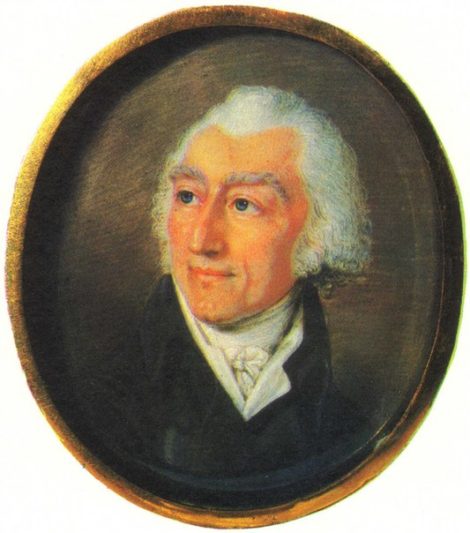
Tadeusz Grabianka – “The Polish Count” – Mystic and alchemist, co-founder of the Illuminates of Avignon
In Berlin the Dom was appointed as curator of the Royal Library to the Francophile King Frederick (II) the Great of Prussia, who also made Pernety a member of the Royal Academy of Berlin. Soon Pernety was again in the middle of the occult circles of the city with a small, but select audience, and furthermore, he started to translate the works of the Swedish scientist and philosopher, Emanuel Swedenborg, into French. Pernety founded the Illuminates of Berlin and was guided by an angel named Assadai on his quest for the philosopher’s stone. Around this time, he also met Thaddeus Leszczy Grabianka, often just named “the Polish Count” who shared Pernety’s interest in Swedenborgianism.
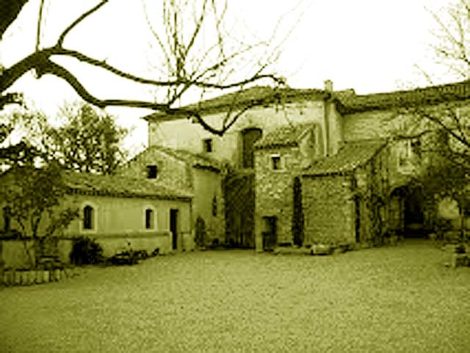
Château du Mont-Thabor in Bédarrides, near Avignon
In 1784, Pernety returned upon Assadai’s advice to Avignon. Another take on Pernety’s leave was, that Frederick II started to disapprove the Illuminates’ missionary activities. Back in France the Dom founded the Les Illuminés d’Avignon – the Illuminates of Avignon – or sometimes Illuminés du Mont-Thabor, named after the premise where he was the permanent guest of a friend, the French Nobleman Marquis Vaucroze. As Mont-Thabor did not fell into the jurisdiction of the pope, the papal bull was not enforceable and soon hundreds of masons would gather around Pernety and his lectures. Grabianka followed soon after, but not before paying a visit to the Swedenborgians in London. Still deeply influenced by Christianity, their doctrines were a mixture of Swedenborgianism, Roman Catholicism, and occultism.
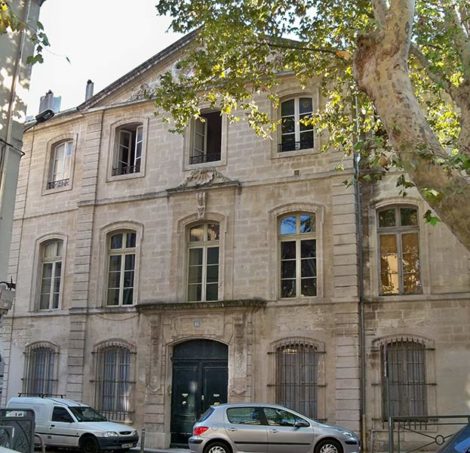
Hotel de la Bastide in Avignon – here found Pernety a new place in the aftermath of the French revolution and allegedly died on the 16th of October 1796. Image: Creative Commons.
The Illuminates were dispersed in the aftermath of the French Revolution due to the Republican Terror. Pernety himself was shortly arrested, but soon set free again upon the intervention of French politician François Poultier. Dom remained the guest of lawyer Vincent-Xavier Gasqui, finding a new stay in the formers “Hôtel de Gasqui”, where is said to have died on the 16th of October of 1796.
Things had changed without Pernety. In 1799 Grabianka closed the temple in Avignon with its remaining 15 members and moved to St. Petersburg in Russia, where the society revived as the “Grabianka Society” for a short time (about 1805-1808) and with a somewhat different program, until it was forced to close by the authorities.
The Scottish rite remained relevant until the early 20th century and many elements have been preserved with the Martinists. According to A.E. Waite Antoine Joseph Pernety “died in the Dauphiny about 1800 or 1801” (A.E Waite – The Secret Tradition In Freemasonry Vol 2) and sometimes even different dates have been named. But you may also find someone to testify, that the last time he met the Dom, the latter has been quite alive and well. Not to bad a legend for an alchemist.
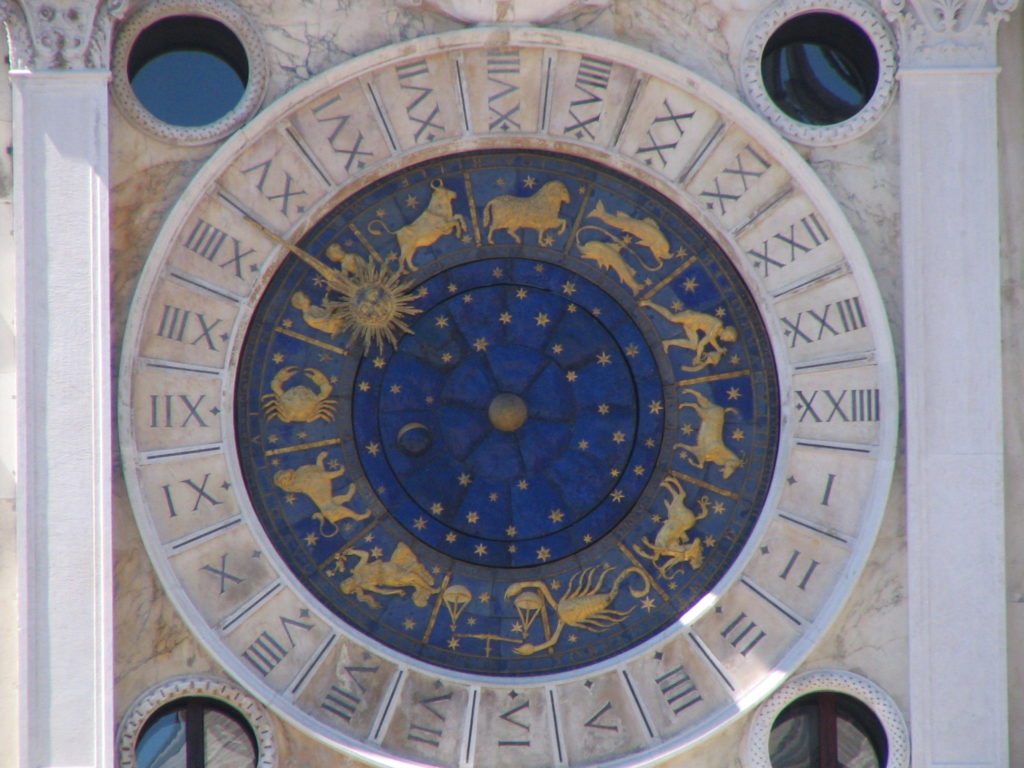
Pernety related each alchemical process to a sign of the Zodiac: 1. process of Calcination – Aries, 2. Congelation – Taurus, 3. Fixation – Gemini, 4. Solution – Cancer, 5. Digestion – Leo, 6. Distillation – Virgo, 7. Sublimation – Libra, 8. Separation – Scorpio, 9. Ceration – Sagittarius, 10. Fermentation – Capricornis, 11. Multiplication – Aquarius, 12. Projection Pisces. Image: Astronomical Clock in V3nice, St. Marks. Creative Commons.

www.Nettlesgarden.com – The Old Craft


